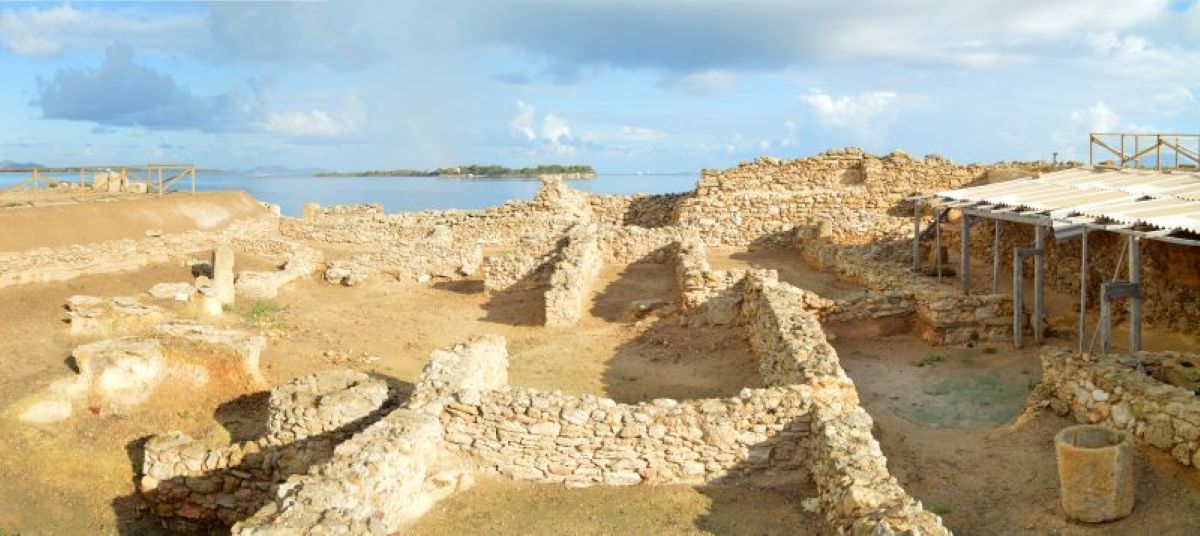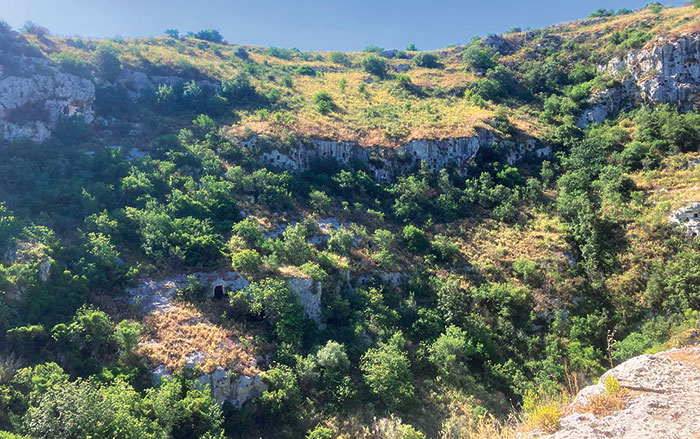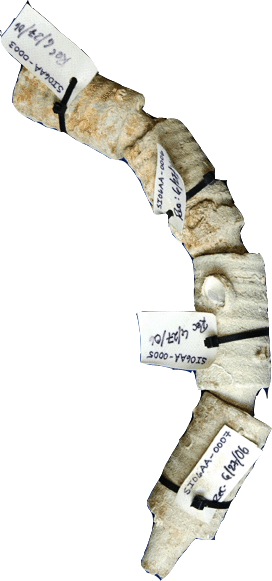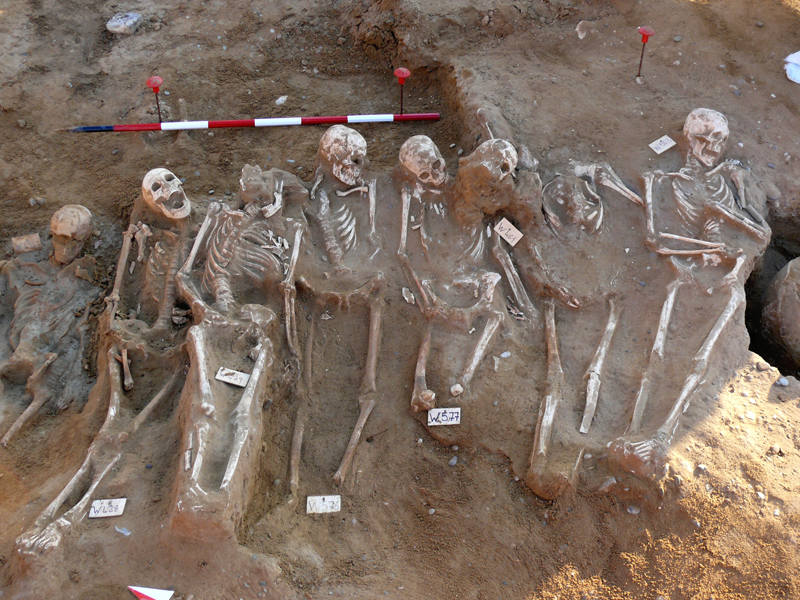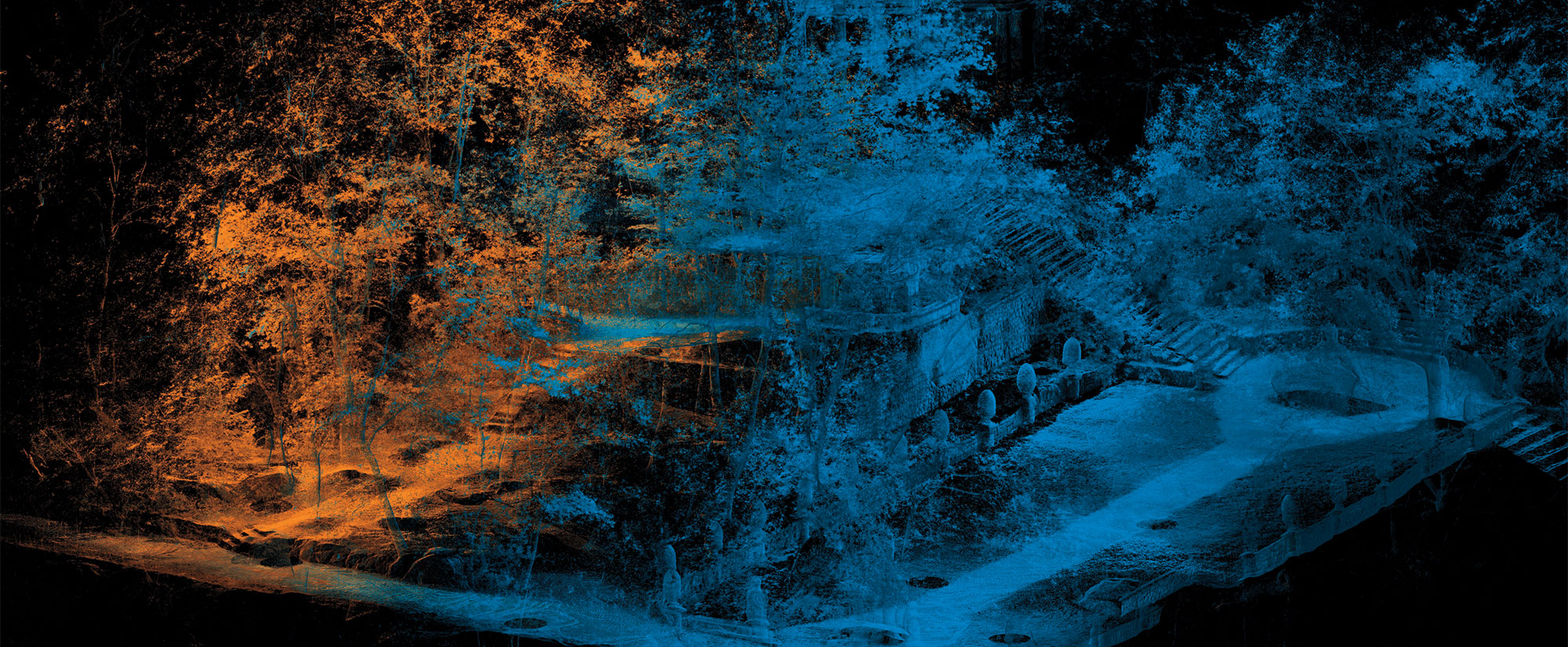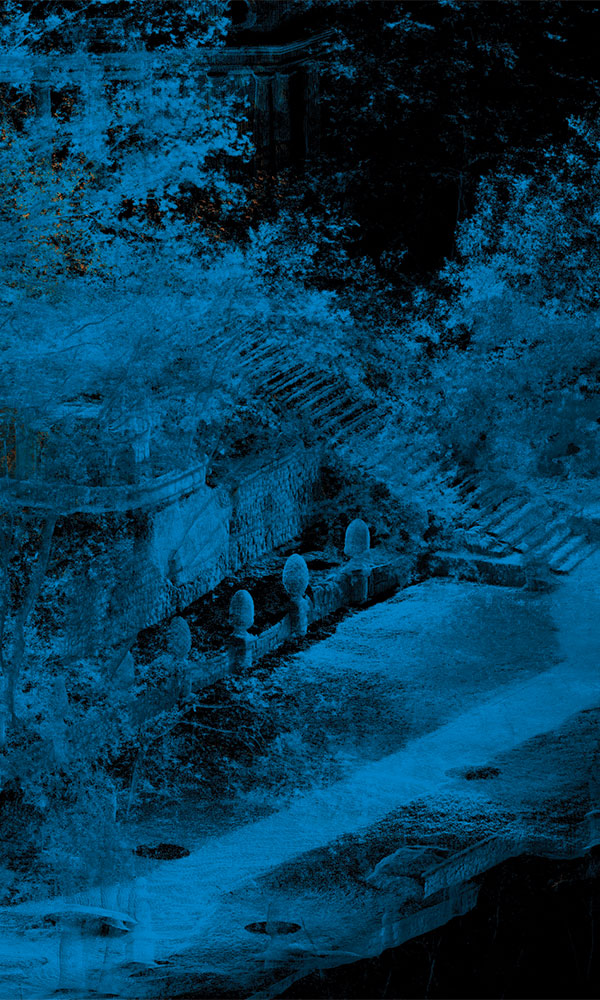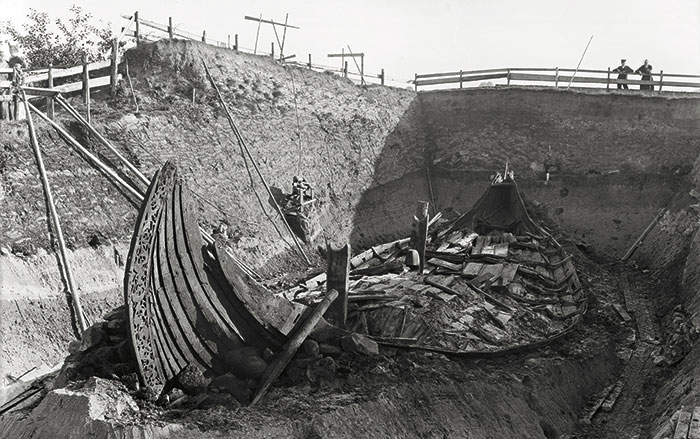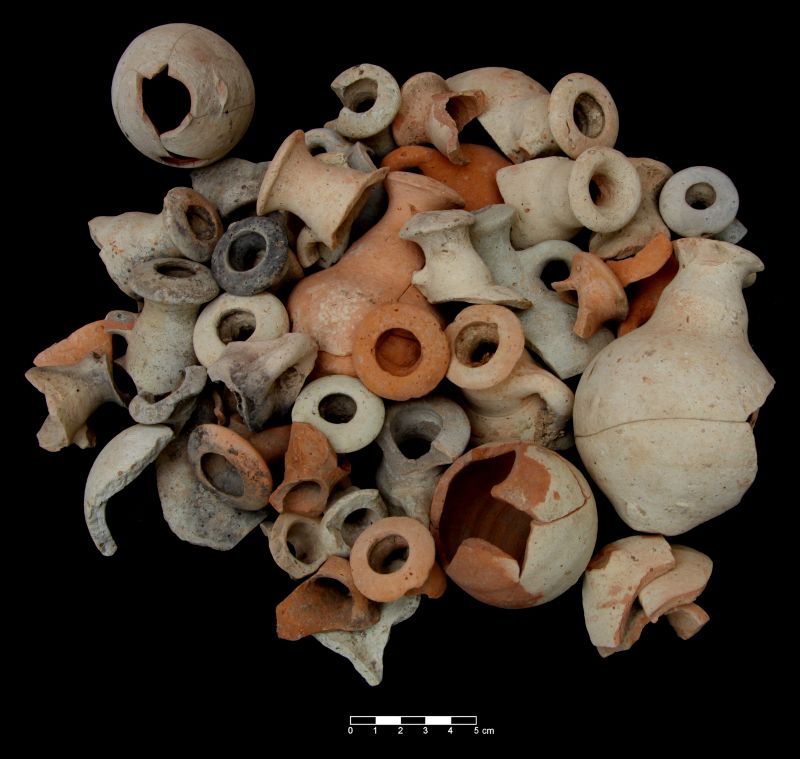
MOTYA, ITALY—As Phoenician sailors ventured into the waters of the western Mediterranean Sea to establish new settlements in the early first millennium b.c., they deliberately brought the familiar scents of home with them, according to a statement issued by the University of Tübingen. Researchers from the University of Tübingen and the Complutense University of Madrid (UCM) recently analyzed more than 50 miniature ceramic vessels found in ancient tombs, houses, and sacred areas at a Phoenician site on the island of Motya, off the west coast of Sicily. The study determined that all had been made in southern Phoenicia, near present-day Beirut, between the eighth and sixth century b.c. Organic residues were detected in eight of the vessels, revealing traces of plant-based lipids as well as pine and mastic resin, which are strong indicators of fragrant oil preparations. Archaeologists now believe that the small jars were used to transport perfumes and aromatic oils that helped serve as reminders of their homeland and helped to reinforce Phoenician identity for settlers who lived in far-off places. “Scent is intimately tied to identity,” said UCM archaeologist Adriano Orsingher. “As such, it plays a crucial, though often overlooked, role in processes of migration, settlement, and cultural exchange.” Read the original scholarly article about this research in Journal of Archaeological Method and Theory. To read about censers found at an ancient oasis settlement in Saudi Arabia in which people burned a plant with known psychoactive properties, go to "Ancient Air Freshener."


